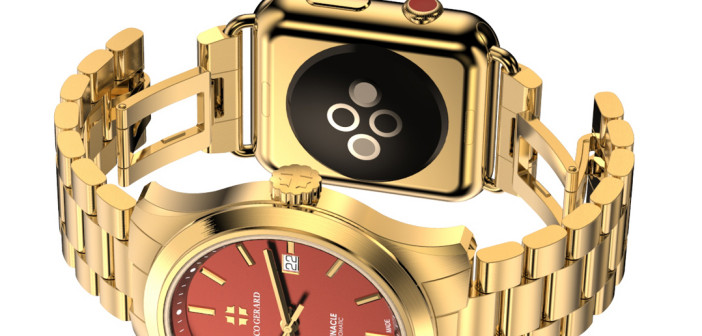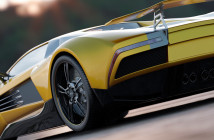By Robert Mcfarlane, lead of Head Labs
The consumer wearables trend isn’t likely to go away. As the technology improves daily I’m seeing sensors getting smaller, more accurate, more energy efficient and cheaper. Despite that good news, an issue still lingers; how do we convince people to wear them?
The list of hurdles isn’t short. For starters wearables need to be useful and easy to use. It’s great to measure everything and quantify your life but if you’re not learning anything then so what? Also, privacy and security concerns over sensitive personal data being misused are putting some people off and then there’s cost.
But there’s another key element that often gets forgotten. How they look.
Fashion and wearables
Remember Google Glass and the Bluetooth mobile phone earpiece? Wiped off the planet by people unwilling to look like a Borg or Lieutenant Uhura. Fashion is getting more involved in shaping the future of wearable tech.
Fitness has largely dominated the wearable tech space until now and continues to increase as we see more fitness wristbands enter the market. However, fashion retail has quickly embraced technology and we are seeing the emergence of numerous products being launched to adapt to consumer needs and lifestyles.
A great example of this is Athos sportswear, which has developed a line of smart fitness apparel that measures muscle activity and heart rate all in real time. The apparel is based on non-adhesive biosignal sensors that have been woven directly into the fabric and the Live View shows exactly what muscles are firing, how hard, and in what sequence so the user can correct their form immediately. It demonstrates greatly how technology has been adapted to fit consumers’ needs by adding extra features.
Other products, such as Solos, an advanced smart eyewear, was designed specifically for elite cyclists, trainers and coaches to maximise real time data without compromising the human mechanics of riding. It combines the power of mobile devices and state of the art lightweight smart glasses. Cyclists can use their mobile device to customise the riding performance data they want to review and can adapt their training data in real time. Digitsole is another product that has been developed around consumers’ needs. It enables consumers through a simple click to interact with the product and modify the temperature providing comfort and health benefits.
Bras to bracelets
Meanwhile, the OMsignal bra demonstrates how an everyday apparel used by woman can be transformed into a smart piece of useful wearable tech. It was initially created by bra designers, scientists and smart textile engineers, with the aim of providing real time biometrics with innovative fitness features.
Other brands such as Swarovski or Ringly have also developed various lines of fashionable and appealing jewellery. Swarovski with their Activity Jewellery Collection provides women with a wide range of bracelets that can be adapted to carry a tracking device. Ringly, a ring, enables women to receive notifications from their favourite apps directly onto their ring.
We can see from the above developments that technology is slowly being used to adapt to consumers’ needs and habits, however these products hide their intelligence very well and that may be the crucial detail that takes wearables from niche into the mass-market.
Consumer habits are hard to change, so, instead of trying to get consumers to put on something new it might be easier for brands to add intelligence to the things we’re already comfortable wearing and enhance existing every day products by features and benefits that are needed.
Head creates innovative digital products and services that exploit emerging technologies and trends.





